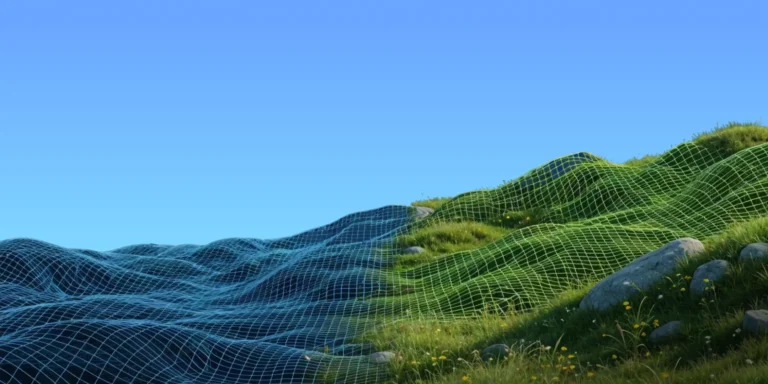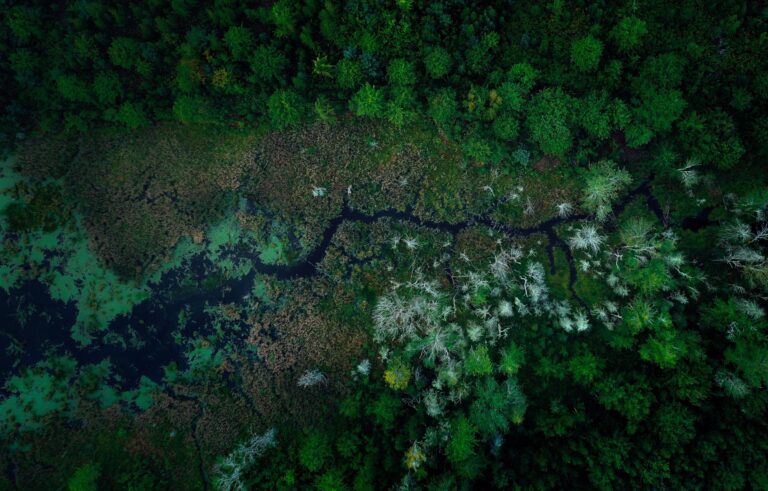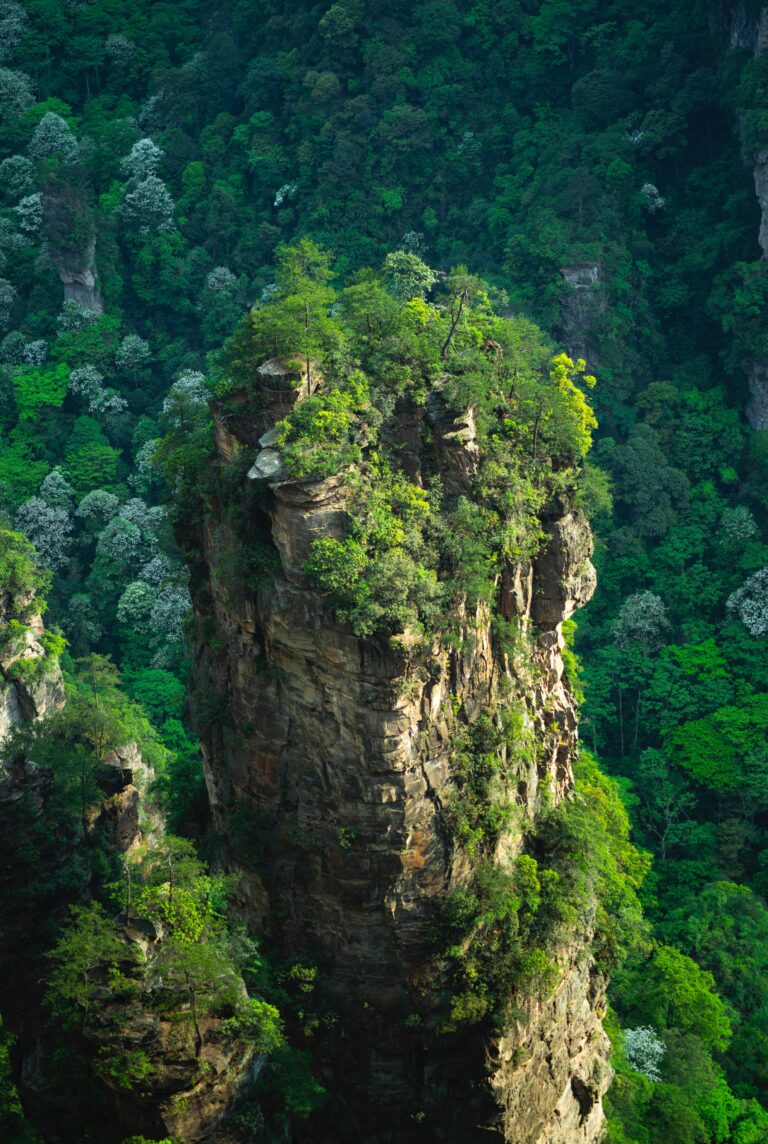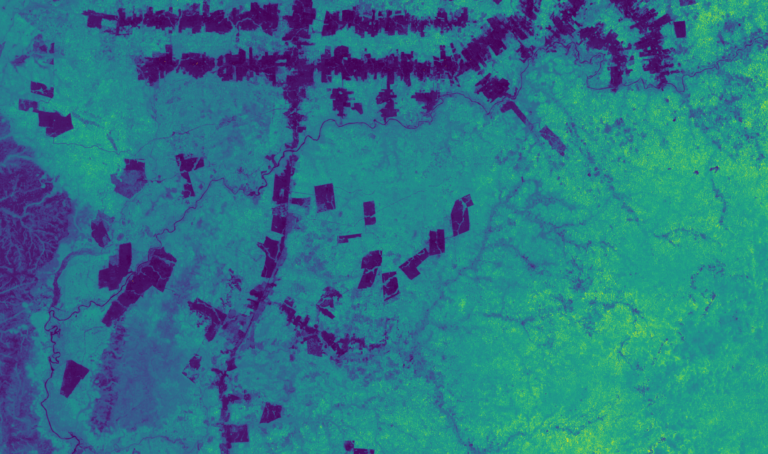We’re excited to unveil our latest update, Evaluation Criteria 2.3, heralding the introduction of mangrove restoration projects. This release includes a host of new checks designed to evaluate the quality of mangrove projects, considering their unique characteristics.
At Pachama, we are committed to surfacing the world’s highest-quality forest carbon projects, and our Evaluation Criteria plays a critical role in living up to this promise. See what’s new with our latest update.
Ready to support mangrove restoration?
What’s new?
Evaluation Criteria 2.3 introduces a suite of new quality checks and insights tailored to mangrove restoration projects. These projects are evaluated under our existing ARR criteria, assessing critical quality markers like native species and historical land cover, with the addition of four mangrove-specific checks:
Site suitability
Why it matters: We aim to prevent mangroves from displacing other natural coastal ecosystems. Therefore, we ensure that projects focus on restoring mangroves where they naturally belong, rather than introducing them to unsuitable environments.
The check: Pachama accepts projects if mangroves have historically grown within the project area.
Hydrological manipulation
Why it matters: In some mangrove projects, hydrological manipulation is necessary for the success of reforestation activities. Measuring the full impact of these changes is very challenging, especially with remote sensing data.
The check: Pachama takes a conservative approach and does not accept projects with any planned or enacted hydrological changes.
Non-carbon emissions accounting
Why it matters: Methane (CH4) and nitrous oxide (N2O) gas emissions naturally occur within mangrove forests and have greater warming potential than CO2. Ideally, projects conservatively account for these gas dynamics or take a literature-based credit deduction. However, there is not a clear consensus on how to best handle this reality, and it is not standardized in methodologies.
The insight: Pachama thoroughly analyzes and summarizes each project’s approach, offering insight into how non-carbon emissions are addressed.
Sea-level rise and natural risk
Why it matters: Sea-level rise is a potential risk specific to mangroves that could impact the durability of the project and lead to the release of carbon back into the atmosphere.
The insight: Pachama provides insight into how projects model shoreline erosion due to sea level rise, account for these changes in their baselines, and/or any future shoreline changes as meaningful project design elements.
What’s the impact for businesses?
This latest update unlocks new high-quality removals supply with access to mangrove projects. Often referred to as “blue carbon”, these projects contribute to the restoration of marine and coastal ecosystems. Marine ecosystems can store up to 5 times more carbon than tropical forests at three times the speed, making them critical climate solutions (WRI).
With this update, we have an exciting removals project now available on our platform: Delta Mangroves. Spanning over 350,000 hectares in the Indus Delta Region in southeastern Pakistan, this initiative aims to reforest a region that has suffered from extensive deforestation for decades.
High-quality removal credits are in short supply, so don’t miss the opportunity to invest in this project, contributing to the restoration of mangrove ecosystems and achieving your climate goals.
Ready to invest in Delta Mangroves?
What’s next?
- Exploration of new project types and registries: Expanding our Evaluation Criteria to support more project types and registries, particularly in the removals category, is a top priority for our team. We’re currently focused on research for various IFM project types as well as jurisdictional baselines.
- Expansion and model improvement: Pachama is working to expand the use of our Dynamic Control Area Baseline to more regions globally. We expect significant improvements to our current approach, further enhancing our baseline confidence.
- Methods and technical documentation: We are committed to transparency and will continue publicly sharing learnings and results. We have already shared some of these results in research briefs for reforestation projects and avoided deforestation projects, and we plan to formally publish our methods and results through an academic peer review process.






